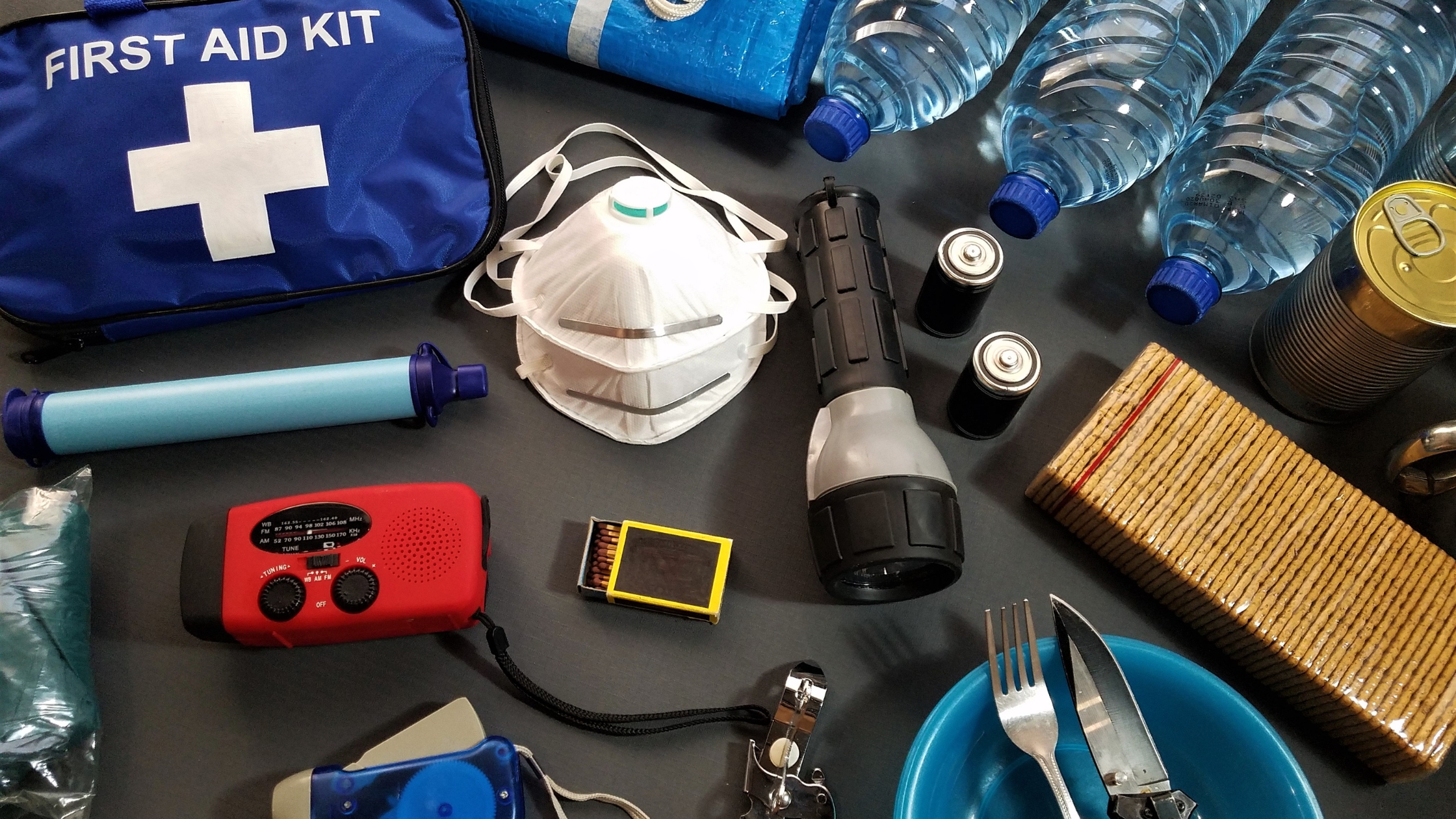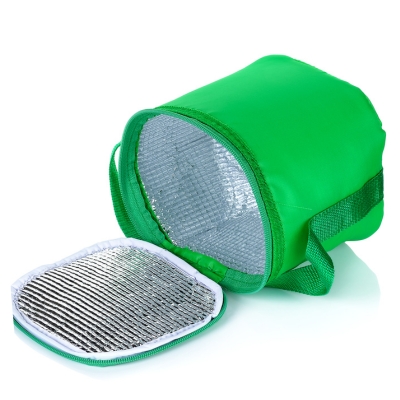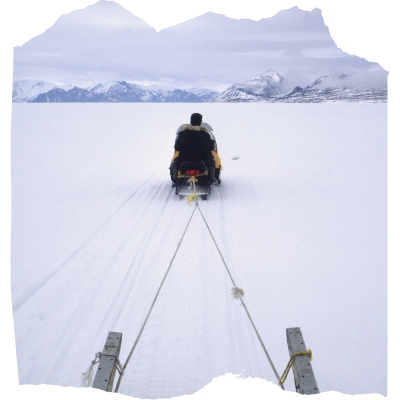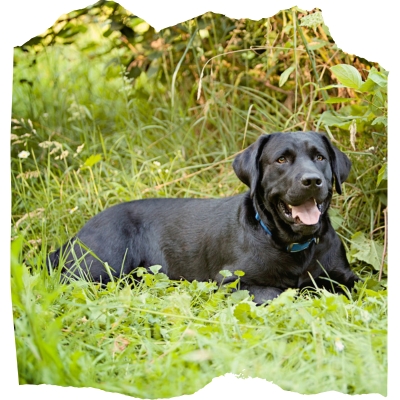Improvisation in the Field: How Rural Providers Adapt When Resources Are Limited
Rural medicine has a way of stripping care down to its essence. It is rarely predictable, never cushioned by abundance, and often conducted in the spaces between what’s ideal and what’s possible. In these moments, rural medical improvisation becomes an essential part of patient care; a quiet skill set that can mean the difference between delay and decisive action. For providers practicing in remote corners of Alaska, Montana, and the Mountain West, improvisation isn’t just an occasional skill; it’s a constant companion. While medical training emphasizes protocols, procedures, and evidence-based pathways, the reality in these settings is that equipment can fail, weather can close every route, and medevacs can be hours away. In those moments, the provider’s creativity, calm, and capacity to act with what’s at hand become the difference between hope and tragedy.
To be clear, improvisation in rural healthcare isn’t about abandoning the standard of care — it’s about upholding it when the usual tools and pathways aren’t available. These providers aren’t “making things up” or acting on instinct alone; they’re drawing on deep training and clinical judgment to bridge the gap between what should be available and what is. In the field, ingenuity becomes a means of maintaining, not replacing, high-quality care.
When the Tools Aren’t There
One of the clearest pictures of improvisation is the way providers adapt when crucial tools are missing. In one Alaskan village, a premature infant was born in the middle of the night. The clinic lacked a neonatal warmer, the medevac was hours out, and every minute without warmth threatened the infant’s fragile stability. The locum tenens providers on-duty reached for what was available — an insulated lunch bag — lined it with soft materials, and fashioned it into a makeshift incubator. It wasn’t sophisticated, but it created just enough insulation to keep the infant’s body temperature stable through the flight.
In another case, when oxygen delivery equipment failed, a provider collaborated with local staff to adapt welding gear into a functional oxygen source. Both scenarios highlight the ingenuity that thrives in rural practice. These weren’t reckless experiments; they were careful, calculated adaptations rooted in the provider’s clinical knowledge and fueled by a refusal to give up.
Creativity in Transport
The challenges of rural medicine don’t end at the bedside. They often extend to the very act of moving patients across vast, unforgiving landscapes. In one Alaskan village, a blizzard grounded the medevac helicopter, and deep snow made the roads impassable. Yet patients still needed a higher level of care. A provider, unwilling to wait for conditions to change, improvised an ambulance by attaching a dogsled to a snowmobile. It was far from conventional, but it was effective.
In another instance, when an elder required urgent transport to meet a medevac crew, community members pulled together a pickup truck, layered it with thick blankets, climbed in the back with her, and created a warm, safe space to carry their neighbor across icy plains, while the provider himself drove the truck. These stories reveal more than clever fixes; they show the partnership between providers and communities, the shared understanding that in rural healthcare, it takes everyone to make care possible.
Adapting to the Elements
Nature in the rural West and Alaska does not compromise. Providers have faced emergencies where storms, fog, or distance meant that standard medical evacuation wasn’t an option. One provider recalled the night of a gunshot emergency in a small Alaskan community. With the patient in critical condition and no regulation medevac available, the team turned to a private local pilot. Together, they stripped out airplane seats, slid in a stretcher, and flew the patient to Fairbanks. This was a flight improvised under immense pressure but grounded in skill and necessity.
Another provider faced a similar bind during the height of the COVID-19 pandemic, when patients in need of critical care were stranded by weather. With helicopters unable to fly, a commercial fishing boat became the only option. For six hours on rough seas, the provider manually “bagged” one patient, squeezing oxygen into their lungs by hand until they reached a hospital in a port town. It was exhausting, relentless work, but it kept the patient alive. These are not stories of glamour — they are stories of grit, lived at the intersection of human resilience and environmental extremes.
Field Medicine at Its Core
Improvisation often means bridging the gap between textbook procedures and the realities of the field. One provider described the arrival of a severely injured logger brought in by a small boat. A tree had fallen across the man’s chest and hips, leaving him with multiple fractures and life-threatening injuries. The ideal intervention would have included chest tubes, advanced imaging, and rapid trauma surgery — none of which were available. Instead, the provider relied on field medicine fundamentals. Recognizing signs of a collapsed lung, they performed an emergency needle decompression right there on the bottom of the boat.
Using only the supplies at hand, they created an escape valve for the trapped air, allowing the patient’s lung to re-expand and easing his desperate struggle to breathe. It was not the end of the battle, but it was enough to keep him alive until a helicopter could arrive. These moments remind us that rural medicine isn’t about waiting for perfect conditions. It’s about creating just enough stability to make survival possible.
When Care Crosses Species
Improvisation may also extend beyond the human patients a provider expects to see. One provider recalled being called to help with a patient he didn’t anticipate — a dog. The animal had been in a fight, sustaining a wound so deep and wide that its survival was in doubt. With no veterinary supplies available (the nearest vet was 1200 miles away) and no way to order antibiotics in time, the provider turned to a local’s personal stock that they volunteered. For two weeks, in between caring for his human patients, he cleaned and dressed the wound, administered IV fluids, and monitored the dog’s recovery at his home.
Against the odds, he survived. What began as an unexpected diversion became a moment of connection; the provider wasn’t just a clinician stationed in town. He became part of the community’s fabric. Stories like these highlight something deeper about rural medicine: it isn’t limited by definitions of “who” or “what” deserves care. In the field, compassion and resourcefulness don’t discriminate.
Expecting the Unexpected
Improvisation isn’t just about what providers do face; it’s also about what they’re prepared to face. Rural and remote healthcare comes with a landscape of theoretical threats that might never happen, but are always possible. A provider may never have to treat a tourist injured while halibut fishing, but they’ll still be ready when peak season fills boats with eager anglers who may not know the risks. Fall brings the rut, when bull moose and elk can become dangerously aggressive, meaning a hiker’s miscalculation can turn into a trauma call. Other hazards are less dramatic but no less real: parasites from improperly prepared game meat/fish, injuries from fights in correctional facilities, or even natural disasters like the landslides that have shaken communities in Southeast Alaska. These aren’t everyday occurrences, but they linger at the edges of rural practice, shaping a provider’s readiness. In rural healthcare, “expect the unexpected” isn’t just a phrase — it’s a mindset.
The Spirit of Ingenuity
Providers in these small communities do not choose improvisation for its own sake; rather, they are driven to it because circumstances demand it. What makes these stories so powerful is not the drama of the setting, but the steady human commitment beneath them: a refusal to let isolation, weather, or lack of resources dictate the outcome. Whether it’s a lunch bag incubator, a snowmachine ambulance, or a fishing boat turned into a critical care unit, each story embodies the same truth. Rural providers succeed not because they have everything they need, but because they bring everything they are. Their ingenuity, resilience, and compassion become the most valuable tools in the room; tools that turn impossibility into survival.
Do you have what it takes to become a rural medicine MacGyver? Connect with our recruiters today and take the first step toward your next adventure.


















